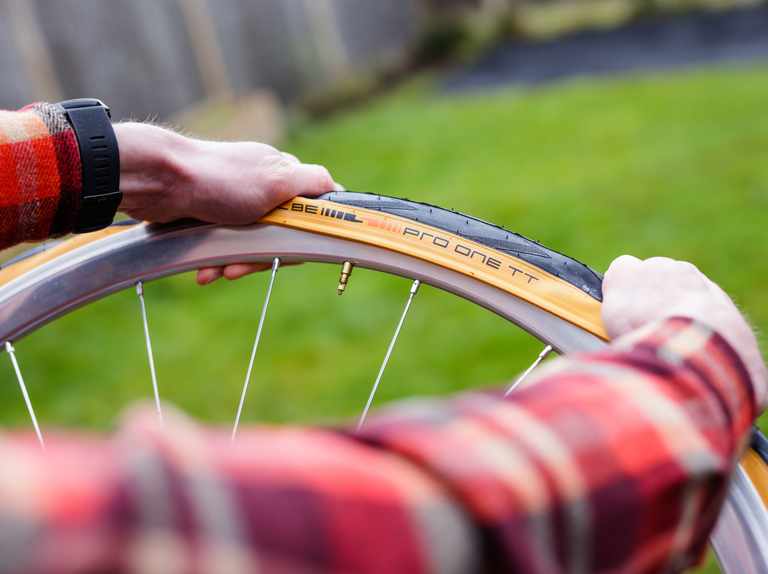Welcome to the world of cycling, where the joy of riding is often accompanied by the necessity of maintenance, including the inevitable replacement of bike tires. Whether you’re a seasoned cyclist or a beginner, understanding the cost factors involved in replacing a bike tire is super important. In this post, we’ll delve into the various elements that determine how much you’ll spend on new bike tires, and also touch upon an interesting aspect of cycling – how fast you can go on a bike. Let’s start this journey with a detailed look at the expense of bike tire replacement and its impact on your cycling experience.
1. The Essential Role of Bike Tires in Cycling Speed and Safety
The Connection between Tire Quality and Cycling Speed
Bike tires are more than just a part of your bike; they are the super important link between you and the road. The condition, type, and quality of your tires can significantly affect how fast you can go on a bike. High-quality tires ensure better grip, reduced rolling resistance, and improved overall performance, which can translate into higher speeds and safer rides. In this section, we explore how investing in good bike tires can elevate your cycling experience, especially in terms of speed and safety.
Understanding Tire Wear and Its Impact on Performance
Regular riders know that tire wear is inevitable. Worn-out tires not only compromise your safety but also reduce your ability to reach higher speeds efficiently. We’ll discuss how to identify tire wear and its consequences on your bike’s performance. This knowledge is super important for deciding when to invest in new tires and how it relates to your riding speed.
2. The Price Range of Bike Tires: What to Expect When You’re Investing
Bike Tire Cost: A Broad Spectrum
The cost of bike tires varies widely, starting as low as $10 and soaring up to $75 or more for premium models. This range is influenced by multiple factors, including tire type, size, and brand. This section will provide an overview of the pricing landscape, helping you understand what to expect when budgeting for new bike tires.
High-End vs. Budget-Friendly Options: A Comparison
While some cyclists opt for high-end tires costing over $100, others prefer more economical choices. Here, we compare these options, examining how they differ in terms of performance, longevity, and impact on cycling speed. This comparison will assist you in making an informed decision based on your cycling needs and budget.
3. Types of Bike Tires: Choosing the Right One for Your Riding Style
Road Tires vs. Mountain Bike Tires: A Speed Perspective
The type of tire you choose should align with your cycling habits. Road tires are designed for speed and smooth surfaces, while mountain bike tires prioritize grip and durability over rough terrain. In this section, we’ll discuss how each type affects your riding speed and what you should consider based on your preferred cycling environment.
Hybrid and Commuter Tires: Balancing Cost and Efficiency
For those who cycle in urban settings or enjoy leisurely rides, hybrid and commuter tires offer a balance between cost and performance. We’ll explore how these tire types can influence your cycling speed in different contexts, helping you choose a tire that fits your lifestyle and riding pace.









